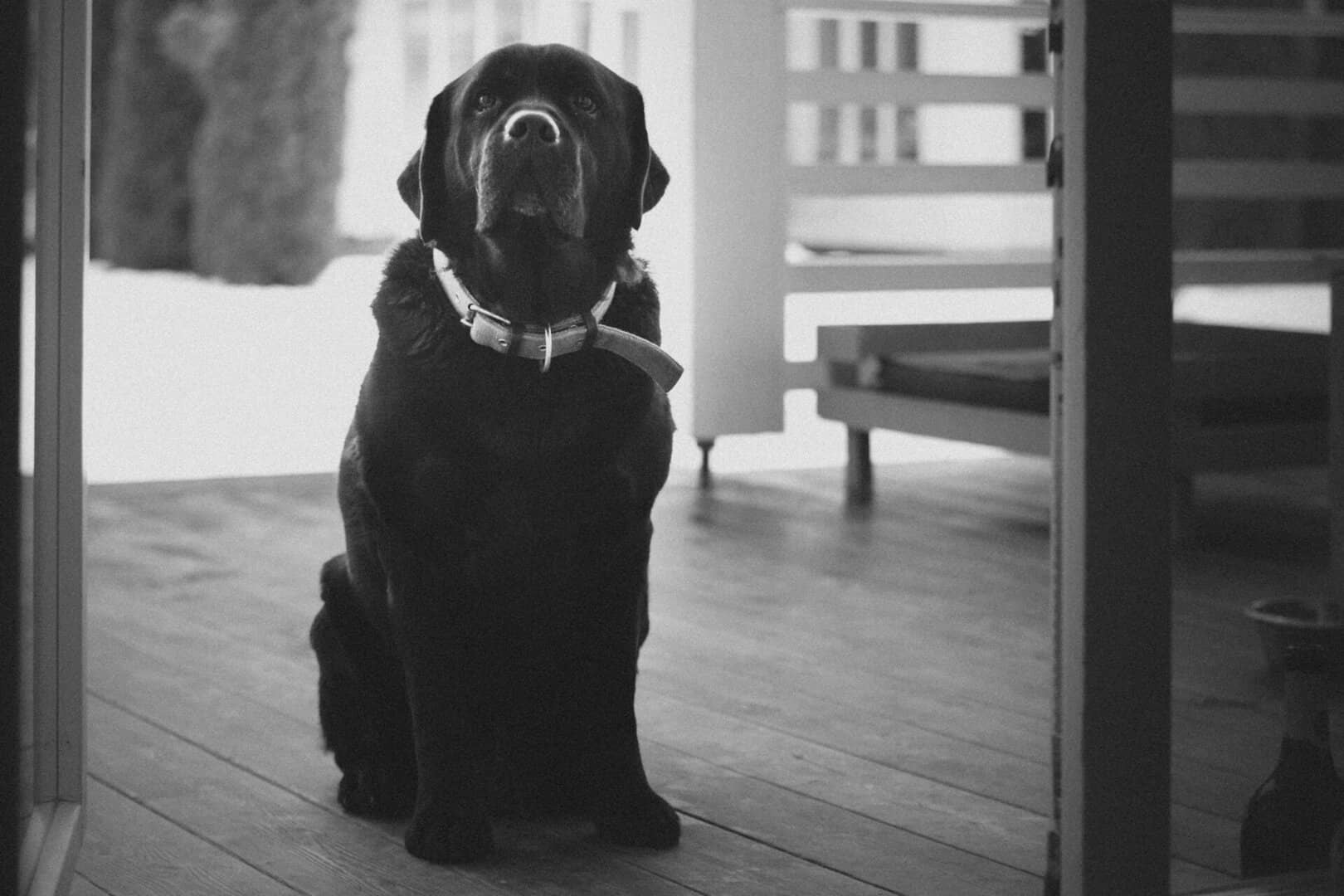Pets may try intimidating or stopping burglars, potentially causing severe injuries when they use the element of surprise. However, prepared home invaders can neutralize them with drugged meat and a few tranquilizer darts. No animal is 100% safe from home invasions, so use these seven tips to protect your animal companions from intruders.
- Choose a Secure Sleeping Area
Pets usually get hurt during break-ins when they charge the intruders. Burglars may have no intention of causing any physical harm but may react violently and fatally to threatening animals freely roaming around the house.
Before going to bed every night, let your pets sleep somewhere you can contain them, like a crate or a secure room. This way, they can’t physically threaten burglars and help them get through a home invasion unscathed. Besides, they can discourage intruders enough to withdraw when making a racket after sensing danger.
- Publicize Your Pet’s Presence
Displaying warning signs outside your house can deter many intruders. Do this even if you have a Bernese Mountain Dog, a Newfoundland or some other gentle giant. Crooks — in their right minds — want the path of least resistance, so they target less-defended houses. Properties inhabited by potentially vicious beasts are usually more trouble than they’re worth.
Is informing intruders about your pets unwise? After all, large dogs or feisty cats make excellent trump cards that can catch invaders off guard and mangle them. There’s always a chance domestic brutes can negate unsuspecting, ill-equipped burglars, but using scare tactics to prevent burglaries is more worthwhile. The alternative endangers your beloved non-human family members, so don’t romanticize it.
- Fence Your Property
Building an enclosure accomplishes two things — adding an obstacle for burglars and keeping your pets from wandering off. A barrier doesn’t make your house intrusion-proof, but it prevents crooks from trespassing unsuspiciously since they can’t just walk straight to your door and jimmy it without drawing attention.
A good fence doesn’t need to be taller than the average person to be a deterrent — something just a few feet high can be a practical impediment to home invasions. Burglars must still climb over it, providing an extra step that renders the break-in attempt more risky.
- Reinforce All Entry Points
Make your doors and windows unbreachable to keep burglars at bay. Some simple modifications can make your existing units meaningfully resistant to break-ins. Fixing weak door components — such as the strike plate, door jambs and hinges — and adding metal bars to windows can do wonders.
However, think twice about doing so yourself. Reinforcements yield dividends only when installed properly, so call experienced professionals to get the job done. Seasoned home improvement contractors can commit errors, but they nail the basics and rarely make rookie mistakes.
If your door and windows are naturally flimsy or have seen better days, replace them. A solid-core door system made of steel or wood is a safe bet. Custom windows offer superior security compared to off-the-shelf products because they fit wall openings perfectly and rely less on sealants to close the gap.
- Set Up a Security System
Outfitting your home with surveillance cameras, sensors, and alarms can help you monitor your home more effectively. They allow you to look after your pets when you’re not around, get notified when a break-in happens, and quickly alert the authorities about the incident. The sight of security equipment and public disclosure signage serve as deterrence mechanisms as well.
If your surveillance cameras and sirens fail to thwart a home invasion, your system will help put the perpetrators behind bars. It can record events around the house and store the footage securely, ensuring an extra layer of protection for your home.
- Put a Premium on Pet Identification
Microchipping your pets can help others return them to you should they run off during a home invasion. A microchip can store your pet’s identification number and transmit data via radio waves when scanned without needing a battery. If you change addresses or get a new phone number, update your pets’ IDs to ensure microchip registration databases have it.
Pet microchips are as tiny as grains of rice. Implanting one requires a slightly larger hypodermic needle than those used for injection, which will hurt more than a usual vaccine shot. You can get your pets microchipped during a routine checkup, or vets can perform the minor procedure after your animal friends receive anesthesia for surgery like spaying or neutering.
- Buy a Wearable GPS Device
Collars equipped with GPS render your pets trackable if they get lost after escaping a burglary. Attaching tracking devices to them aids your search, which is vital because time is of the essence.
The streets can be harsh on domesticated animals. Exotic pets are usually wild creatures in captivity, so they can be intolerant of humans and pose dangers to the public. The sooner you find them, the better for everybody’s wellbeing.
- Install a Smart Lock
This smart home device can code-protect your doors and lets you create temporary passwords to grant access to the people you trust during approved periods. You can also use other keyless entry options, such as biometric verification and voice command.
A smart lock supports Bluetooth and Wi-Fi connectivity, allowing you to control it remotely from anywhere. Feature sets vary by model, but geofenced autolocking, real-time monitoring, and alerts are some sought-after functionalities. An advanced unit provides multiple keyless entry options.
Smart devices work better when they can talk to others. For example, you can create a digital set of eyes by pairing your lock with a video doorbell, maximizing both devices’ utilities. These smart home devices can move the needle in home security, giving you peace of mind that no unauthorized individuals can access your property and cross your pets’ paths.
Ensure Your Pets Are Intrusion-Proof
Falling victim to a home invasion is traumatic, but losing a pet as a result of this crime is more devastating. Adding layers of security to your home to deter, detect and deny burglars access is necessary. Preparing is the best you can do to keep your companions unharmed and unstolen.



